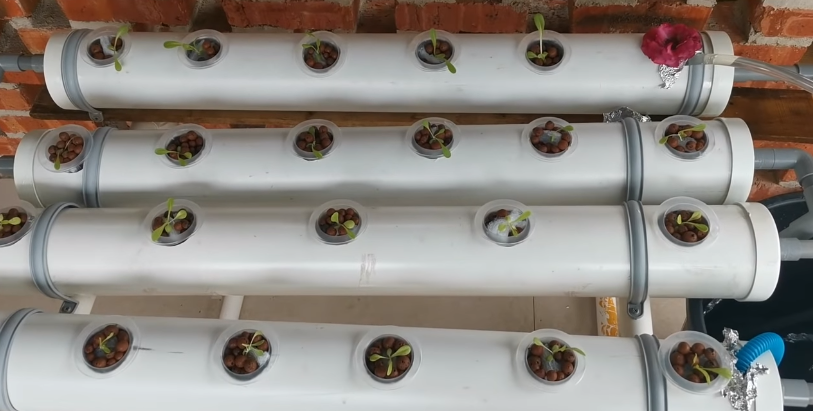
There is a house DIY Hydroponics gardening method, which allows the plants to depend only on the water to grow. With no dirt whatsoever, you can use this farming type indoors.
Also, no wonder it becomes more popular each day. You may have heard about hydroponic.
This article will cover 18 DIY hydroponics systems. The scale of the projects ranges from small, very cheap, and so easy, to intermediate level.
Thus, there will be no hard labor involved. Without any further ado, here is the list.
1. Affordable Homestead Mason Jar Hydroponics
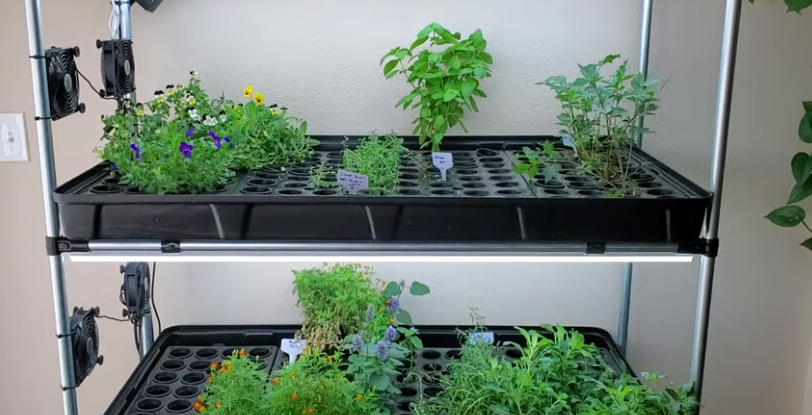
Growing DIY hydroponics indoors is not only possible but also affordable. Your first project here uses mason jars of varying mouth sizes (wide and narrow) and used yogurt plastic containers to be net cups.
Then, the other supplies you will need are ¼ teaspoon, newspapers, plant food, rubber band, starter plugs (hydroponic rock wool), tape, and a watering can.
2. Diy Hydroponic Crystals
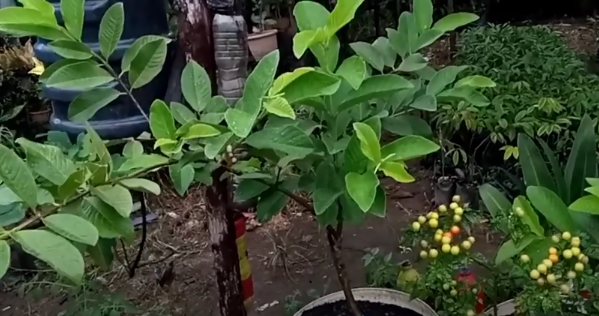
Priyono pekebun buah
With bio gel crystals, you can build not only affordable but also super easy DIY hydroponics system.
After purchasing a pack of gels, soak them completely in the water for a couple of hours. Then, witness how they absorb and become bigger.
After that, take a clear container – be it a vase or a tall glass – and put your plant in. Any stages of the plant – including seed – will not be a matter. Add the gel crystals inside until they fill in space.
Guaranteed, this project is the lowest in cost among any methods in the list. You can make it in no time and intrigue your kids with it.
Thereupon, these benefits are the reasons why it becomes the most popular for a mini-scale hydroponic system.
3. Deep Water Culture Hydroponics
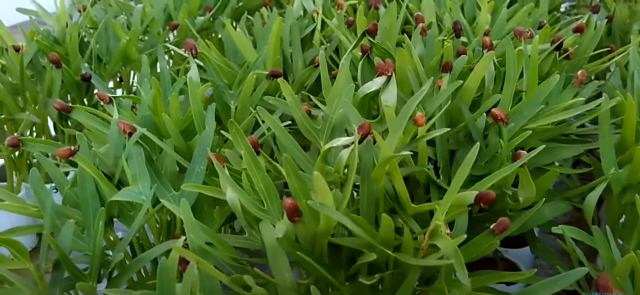
Deep Water Culture (DWC) is one of the easy types of DIY hydroponics. Recommended, you will no longer questioning how to grow cucumber and tomatoes hydroponically because this method is your way.
However, you should plan the spacing hydroponic plants thoroughly.
While a kind of these hydroponic systems is available for purchase, you can build it from scratch. Further, the requirements needed are air hose, air stone, net pot, and reservoir.
4. DIY Aquaponics Aquarium Projec
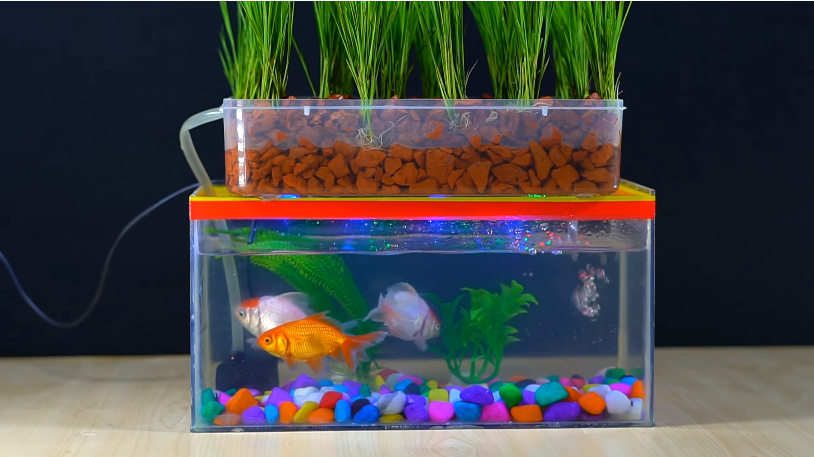
Multitasking and finding a new hobby or two is on trend nowadays, especially when it is an obligation to spend most of our time at home during this pandemic.
Therefore, this project combines the two happening skills and is perfect to be your next checkpoint on the to-do list.
What you require to make DIY hydroponics like this one is a setup of a small aquarium tank, cups, and a foam board.
Additionally, with this project, you can challenge your multitasking skill of raising fish along with growing vegetables in the same place. It will be fascinating to maintain a big-scale plan, but it is best to start small.
5. DIY Hydroponics Basket
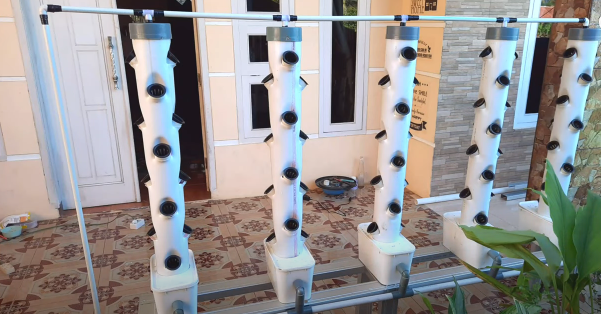
It is another cost-effective and rather a quick idea for your DIY hydroponics project.
The requirements to make it are things you can find around the house: a nylon mesh, a recycled soda plastic bottle, and scissors.
Indeed, the use of nylon mesh allows you to have a flexible design that fits varying hole sizes.
6. Ebb and Flow Hydroponic System Built
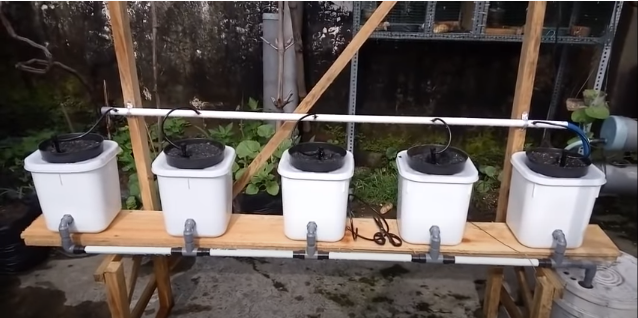
Yeni Cahyono
To build an ebb and flow DIY hydroponics system, you will require an air stone, timer for process automation, tray to contain the plants, water pump, and water reservoir.
Place some pots inside the tray and flood it with nutrient solution. Complete the setup with adequate lighting and, that is that. Then, do maintenance at regular intervals by draining the system completely.
7. Expendable, Affordable, and Compact Hydroponics System

ATFA Studio
For hydroponic plants, nutrients and lighting are their two main requirements. No soil involvement means they do not get nutrients from nature, so you should provide it in the water.
Hence, this method will help in providing continuous nutrient sources.
To have this compact DIY hydroponics system, you are going to need an aquarium pump, aquarium tubing, rubber o-rings, screw-top container, silicone sealant, soda bottle, straight connector, and timer.
Besides, you should complete the setup with a light stand.
8. Homemade Vertical (A-Frame) Hydroponic System
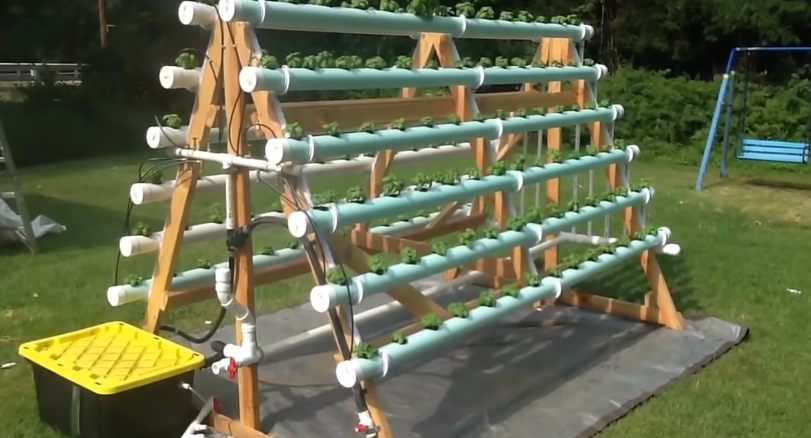
Greenerways2012
There are several hydroponic setups using PVC, and this system is one of them.
Wherefore, if you intend to create some large-scale hydroponic farming to grow vegetables, such as herbs, tomatoes, lettuce, and others, you will find this method useful.
Besides the pipes, you will also need a water reservoir and drip irrigation pipes to build it. Please take note that it is suitable for intermediate hydroponic gardeners.
Additionally, to feed the plants, this little high-level method uses the Nutrient Film Technique (NFT) principle.
9. Hydroponic Drip Garden for Flowers, Herbs, or Vegetables
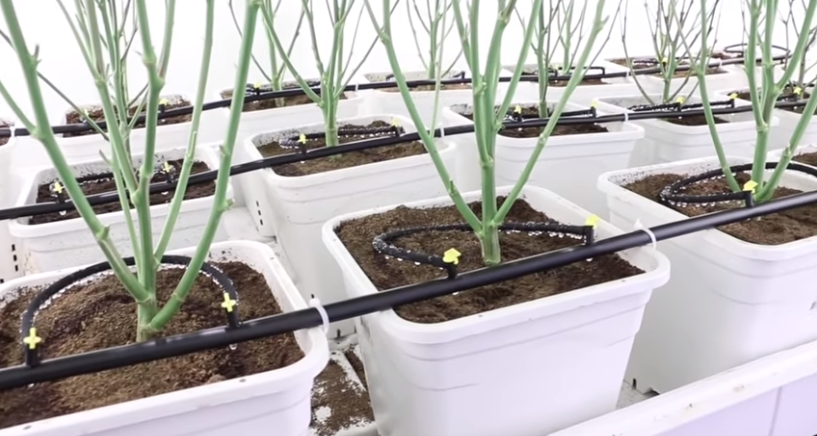
This DIY hydroponics drip garden utilizes a similar watering method to the normal one, but it does not involve any soil.
The requirements to make this setup are a drip system, grow medium as clay pellets (hydroton), nutrient reservoir, and water pump.
10. Hydroponic Green Wall
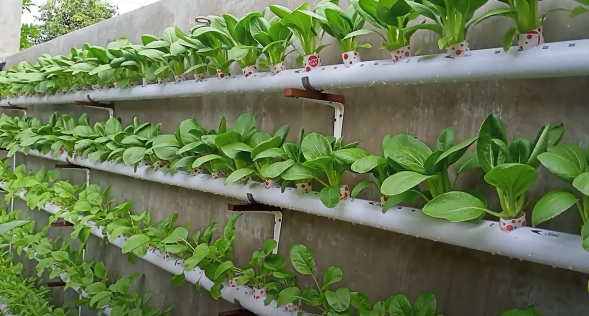
A green wall or screen is capable of giving you multi-benefits. It is not only a way to beautify your plain walls but also an innovation in gardening.
No wonder, it gets more popular each day. Now, why do you not combine this vertical garden with hydroponics?
Likewise, apart from being space-efficient, you do not have to concern about dirt with hydroponic.
If you agree with this idea, the supplies needed to make one are drip tubing, felt sheets, hydroponic nutrients, PVC/polypropylene board, a reservoir with pump, and a strong frame bolted on the wall.
DIY hydroponics like this one will be one fun project.
11. Hydroponic Soda Bottle System
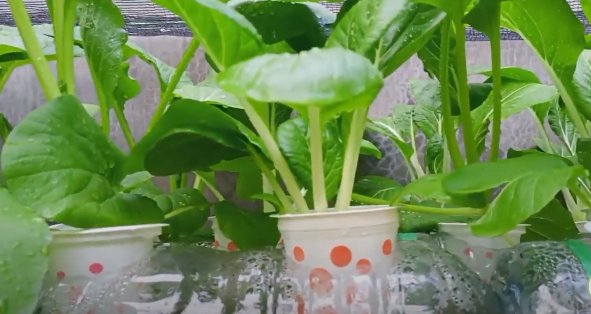
Sambilan Garden
You have another affordable DIY hydroponics method here. Using cling wrap, cotton thread, empty soda bottle, moss, perlite, and scissor, you can have some hydroponic setups for your indoor garden.
Since it is an easy project for beginners, inviting your kids to join in the making process will help develop their gardening interest.
12. Hydroponic System Pumped by Solar Thermal
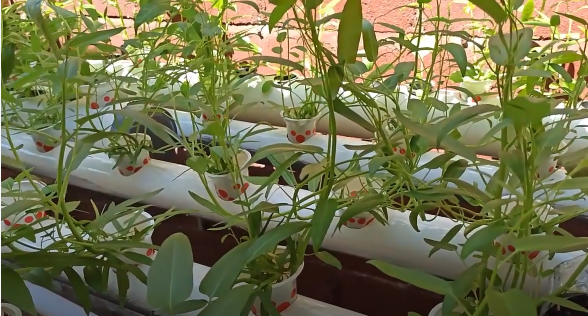
KebunDemas
If you are fond of science experiments, this project will be perfect to do. Based on the PV=mRT gas law, it uses temperature differentials to run a hydroponic system of ebb and flow.
The law has it that gas volume will increase if the gas temperature in the reservoir is increasing as well.
You will need a 1-liter bottle, a 2-liter bottle, aquarium hose and fitting, black paint, caps, perlite, superglue, and tape.
13. PVC Hydroponics Unit
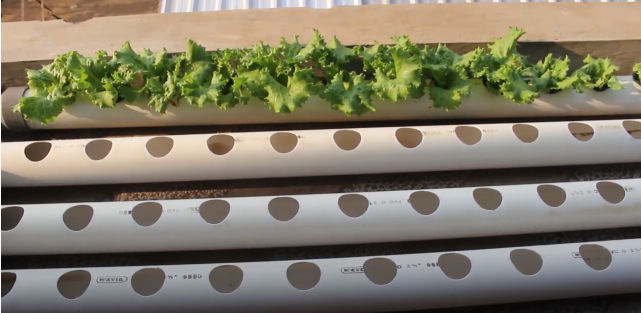
This project here is another example using PVC pipes and the NFT principle to feed the plants. The idea is to let the plant roots grow in continuously flowing water.
The supplies you require are an end cap, hose pipe large, net pots/plastic cups, PVC 90° curve pipe, PVC glue, PVC pipes, reservoir container, and water pump.
14. Raft Hydroponic Systems
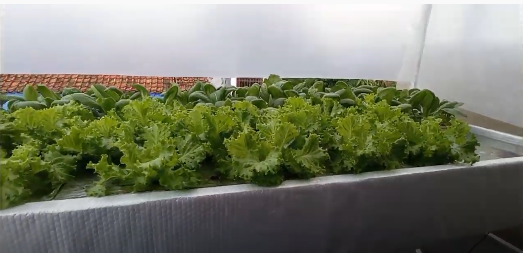
The deal of a raft hydroponic system is letting the plants grow on a floating piece above the nutrient water setup.
Therefore, you are going to need something that floats like foam, a net cup, and of course, a water reservoir.
15. Simple Desktop Hydroponic Setup
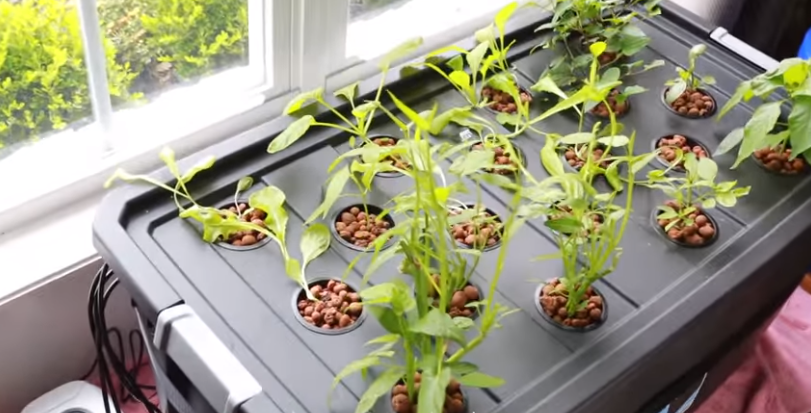
If you are one of those busy workers but still want to grow some plants, this project will be more than just perfect to do. It does not take much space, costs you no more than $3, and super easy to make.
The supplies involved are a half-gallon bucket with a lid, 2-inch net cup, rock wool, air bubbler, bubbler, hydroponic fertilizer, and cutter.
16. Small NFT Hydroponics System
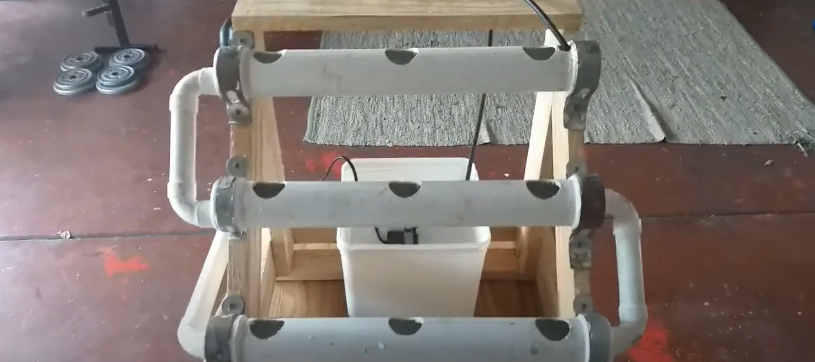
As said previously, there are several examples of PVC hydroponic systems, and this is your third one.
Otherwise, unlike the first setup with a big A-frame, this one is doable for beginners who want to have a small vertical garden.
Besides PVC pipes, you will also need connecting pipes, end caps, net cup, pump, and reservoir for nutrients.
17. Vertical Hydroponic Rain Tower
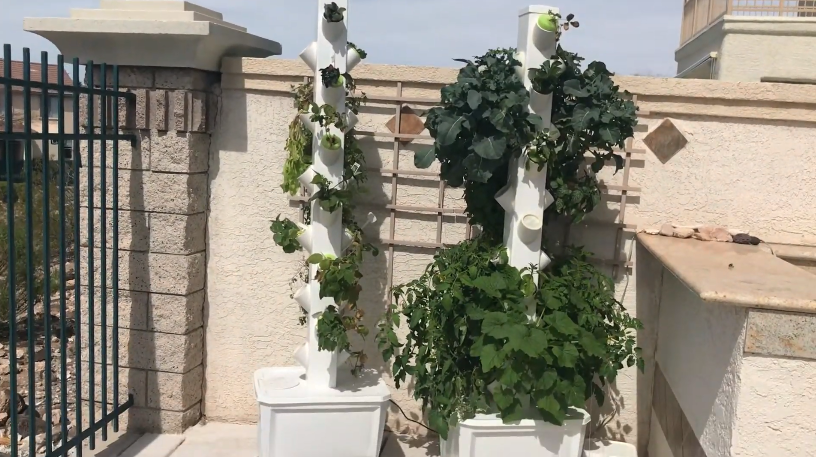
goJoeGrow
When you do not have much space, going vertical is the only way. The same applies to hydroponic gardening, as seen in the picture.
Even when you live in a yard-less dwelling place, you can have a small balcony garden with this kind of setup.
18. Window Farm Installation
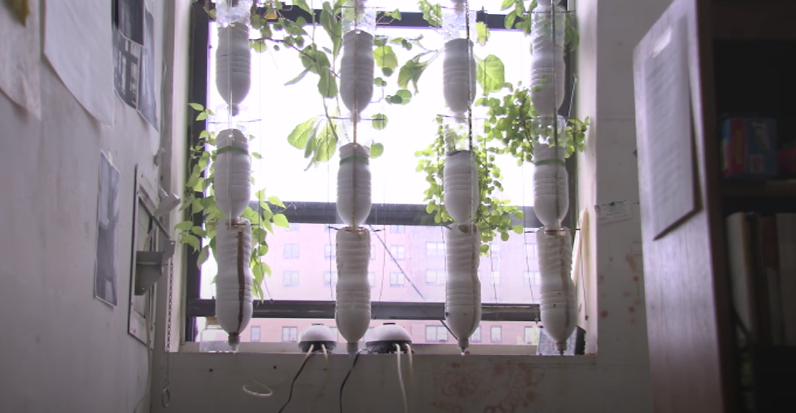
Now, your last DIY hydroponics project is the space-effective window farm here. Apart from being a space saver, it is also friendly to your budget.
The materials are soda bottles, ½ poly tube, ¼ poly tube, barb connector, ½ end cap, ½ elbow joint, water pump, s hooks, eye holes, silicone seal, chains, bucket, electric drill, pliers, zip ties, and a tube hole punch.
FAQ
1. Q: Can I use tap water for hydroponics?
A: No, you cannot use it unless it gets the right treatment beforehand. Tap water usually is chlorinated, and it is not ideal for your hydroponic plants.
You should filter the water or mix it with reverse osmosis one to thin the concentration.
2. Q: Is rainwater good for hydroponics?
A: Yes, rainwater is safe to use since it is different from chlorinated tap water. It contains less dissolved minerals, and it is somewhat acidic, which is suitable to support your plants’ growth.
Well, that wraps our list of DIY hydroponics project. Many of those are doable at a novice level. However, the maintenance after that is what important.
After all, pay attention to the hydroponic light and nutrients since these two are the main requirements.